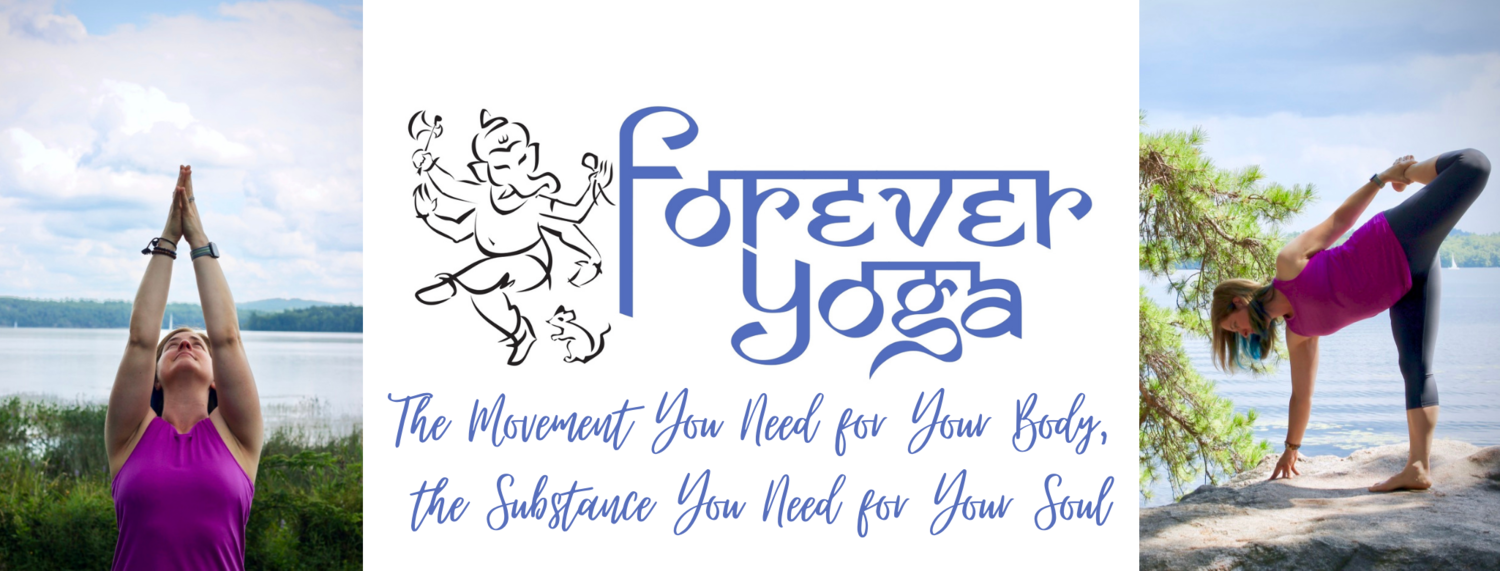The perfect breathing practice to relieve stress and anxiety
/In all my classes this month we are focusing on our breathing. Breathing and yoga go together like bread and butter, but it can take a bit of practice to make it all work. The overall effect is a calmer mind and body when done well. While the breathing practice we try to maintain during a vinyasa practice, called ujayi breath, is wonderful calming breath, if you’re experiencing stress and anxiety there’s another one should should really consider practicing.
That breath is alternate nostril breath.
I often say I wish I had known about this breath when I was auditioning for orchestras when playing the bassoon was the career I thought I’d spend my life in. The anxiety of that experience always left me with shaky hands, a dry mouth and not much in the way of coping mechanisms to work with that bodily state other than taking more auditions. Now, I use this breath any time I’m experiencing stress or anxiety. The key though is to have an established practice. Only then will you remember to do it in your time of need.
Alternate nostril breath is said to balance the energy channels on the two sides of the body. Those energy channels just happen to coincide with our two nostrils. The right side is said to be the more energetic side, the left side is said to be the more calming side. By doing this breathing practice you are bringing those two sides into greater balance and harmony. The effect can often be felt after just a few repetitions.
Here’s how to practice this breath:
First, choose a hand position that works for you. I usually offer three different possibilities. The first is Vishnu mudra. The first two fingers are curled into your palm. You use your thumb and the last two fingers to alternately open and close the nostrils. It looks like this:
The second possibility is to instead take the first two fingers and anchor them at your third eye space or the space between your eyebrows. Just as above, the thumb and pinky fingers are then free to open and close the nostrils. That looks like this:
The third option is to just choose to do it however is most comfortable for you! That might look something like this:
Once you have a hand position that works for you you’ll then follow this sequence to perform this breathing practice (these instructions assume you are using your right hand):
Close the right nostril with your right thumb and inhale through the left nostril.
Immediately close the left nostril with your right ring finger and little finger, and at the same time remove your thumb from the right nostril, and exhale through this nostril.
Inhale through the right nostril. Immediately close the right nostril with your right thumb and exhale through the left nostril. This completes one full round.
You’ll continue this sequence for about 3-6 rounds to start. Allow the breathing to be slow and deep without being forced. Always end with the exhale through the left nostril (remember how we said this was the calming side above? That’s why. We want to end on a calm note!).
When you’re finished, take a few breaths through both nostrils and take the time to notice the effect of your practice.
If you are experiencing congestion or there is a blockage in the nostrils best not to try to do this breath. If you’ve been practicing it for a while, imagining it can be highly effective as well, but you first need to have an established practice.
You can practice this breath a couple times a day for a couple of rounds to start out. Over time as it becomes more comfortable, you can extend how many rounds you do at once. With time and practice you’ll notice a greater calming effect. You may also find this breath helpful in times when your energy is feeling low. The balancing quality of the breath works the other way as well.
Did you find this helpful? Do you practice this breath regularly? Do you have questions about this practice? Let me know in the comments!





